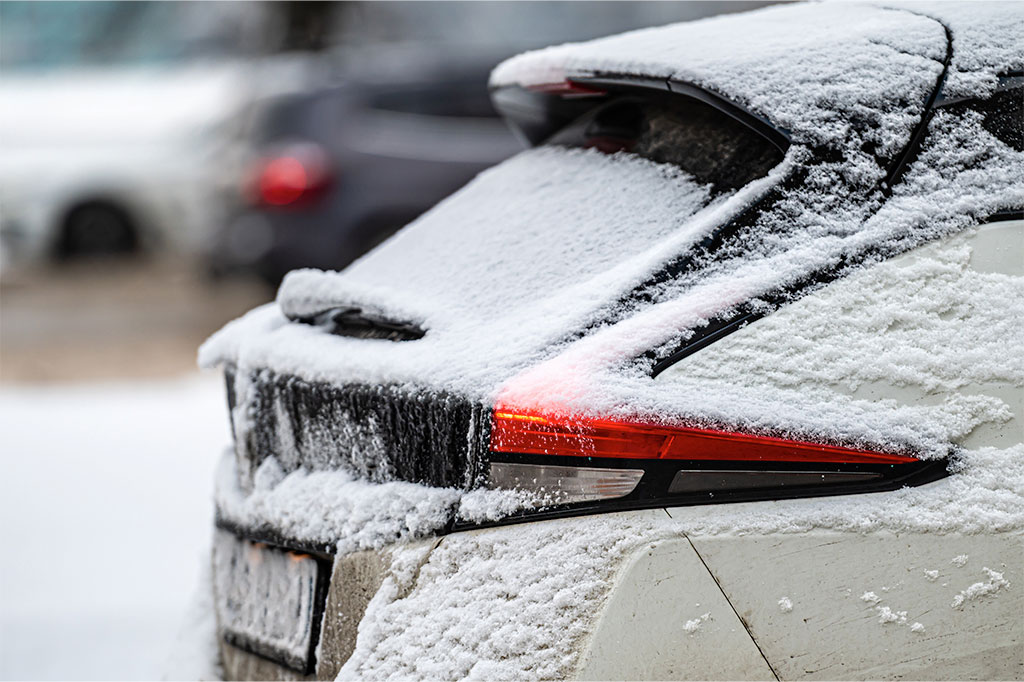Brrr-inging Up Trouble
Brrr-inging Up Trouble: How Cold Weather Affects Lubricants
Just like hot weather throws a wrench in the smooth operation of lubricants, cold temperatures can bring their own set of challenges. Here’s how winter chills can impact your lubricants and what you can do to keep things running smoothly:
Viscosity Viscosity: Remember honey? In the cold, lubricants thicken up, becoming more sluggish and less able to flow freely. This can lead to:
- Increased friction: Thicker oil means more resistance, which increases wear and tear on components during startup and operation.
- Starved engines: If the oil can’t reach critical components quickly enough, they may be starved of lubrication, leading to damage.
- Battery blues: Cold oil makes the engine harder to turn, putting extra strain on the battery during startup.
Pour Point Peril: Each lubricant has a “pour point,” the temperature at which it becomes too thick to flow. If the temperature dips below this point, the lubricant essentially turns solid, leaving your machinery completely unprotected.
Waxing Worries: Conventional oils contain paraffin wax, which can solidify in cold weather, further thickening the oil and contributing to the pour point problem.
Additive Blues: Some additives in lubricants become less soluble in cold temperatures, potentially forming deposits that can clog filters and impede lubrication.
The Winter Woes Cascade: Similar to hot weather, cold-related lubricant issues can snowball. Increased friction leads to more heat, which can thin the oil and exacerbate the problems.
So, what can you do to combat the winter chill?
- Switch to winter-grade lubricants: These are specially formulated to flow better at lower temperatures, reducing viscosity issues and ensuring proper lubrication.
- Mind the pour point: Choose lubricants with pour points significantly below the expected operating temperatures in your area.
- Synthetic saviors: Synthetic lubricants generally have lower pour points and better viscosity performance in cold weather compared to conventional oils.
- Pre-heating is key: Consider pre-heating engines or other equipment before starting, especially in extreme cold.
- Store lubricants properly: Keep lubricants in a temperature-controlled environment to prevent them from thickening or solidifying.
By understanding the effects of cold weather on lubricants and taking proactive steps, you can ensure your equipment starts reliably and runs smoothly even when the winter winds blow. Remember, a little winter prep goes a long way in preventing big problems down the line!

